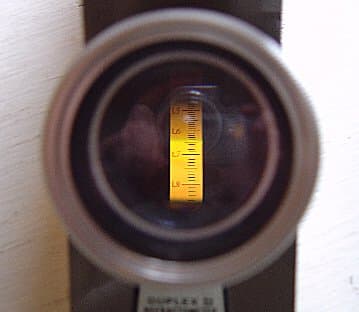Product Review: Duplex II and Rayner Dialdex Refractometers
The Duplex II and Rayner Dialdex both make excellent refractometers for gemologists. How do they compare head-to-head? Learn more from our review.
3 Minute Read
While reviewing “no name” refractometers, I read that the Duplex II is the only refractometer designed specifically for spot readings. As I discovered, the “no name” brand units were almost useless at spot readings. I was left wondering how much their smaller size had to do with that.
As an experiment, I purchased a Rayner Dialdex. It’s considerably smaller than the Duplex II and about the same size as a “no name” brand. Both of these instruments are expensive. New, the Duplex sells for around $625. (Editor’s note: You can find used Duplex II and Dialdex refractometers for sale online at lower prices).
How do they compare?
Ease of Use
At first, I found the Rayner Dialdex very awkward to use. However, I soon got comfortable with it. In fact, I remembered I also found the Duplex II awkward at first. So, this one is a tie.
Polarizing Filter
One of the first things I noticed about the Dialdex was the polarizing filter. It made the display much darker and noticeably harder to read. I learned to take it off, except for those occasions when I actually needed it. The filter on the Duplex II never…
Donald Clark, CSM IMG
Related Articles
Amateur Gemstone Faceting Volume 1: Book Review
Product Review: GL SpectroLite
The Collector’s Guide to the Minerals of New York State: Book Review
Refractometer Guide, Part 1: Refractive Index Testing
Never Stop Learning
When you join the IGS community, you get trusted diamond & gemstone information when you need it.
Get Gemology Insights
Get started with the International Gem Society’s free guide to gemstone identification. Join our weekly newsletter & get a free copy of the Gem ID Checklist!
